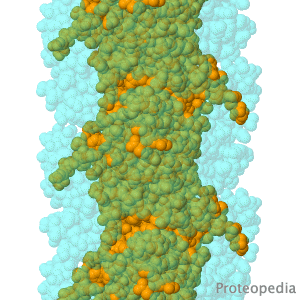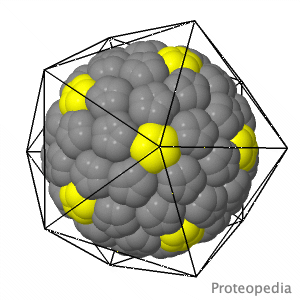Main Page
From Proteopedia
| Line 40: | Line 40: | ||
<td style="padding: 10px;> | <td style="padding: 10px;> | ||
| - | <p>[[:Category:PDB Art| | + | <p>[[:Category:PDB Art|List of Art on Science pages in Proteopedia]]</p> |
</td> | </td> | ||
Revision as of 07:36, 21 October 2018
|
ISSN 2310-6301
Because life has more than 2D, Proteopedia helps to understand relationships between structure and function. Proteopedia is a free, collaborative 3D-encyclopedia of proteins & other molecules.
| |||||||||||
| Selected Pages | Art on Science | Journals | Education | ||||||||
|---|---|---|---|---|---|---|---|---|---|---|---|
|
|
|
|
||||||||
|
How to add content to Proteopedia Who knows ... |
Teaching Strategies Using Proteopedia |
||||||||||
| |||||||||||




